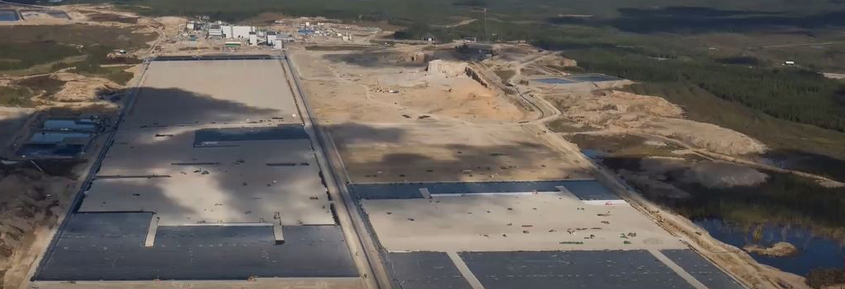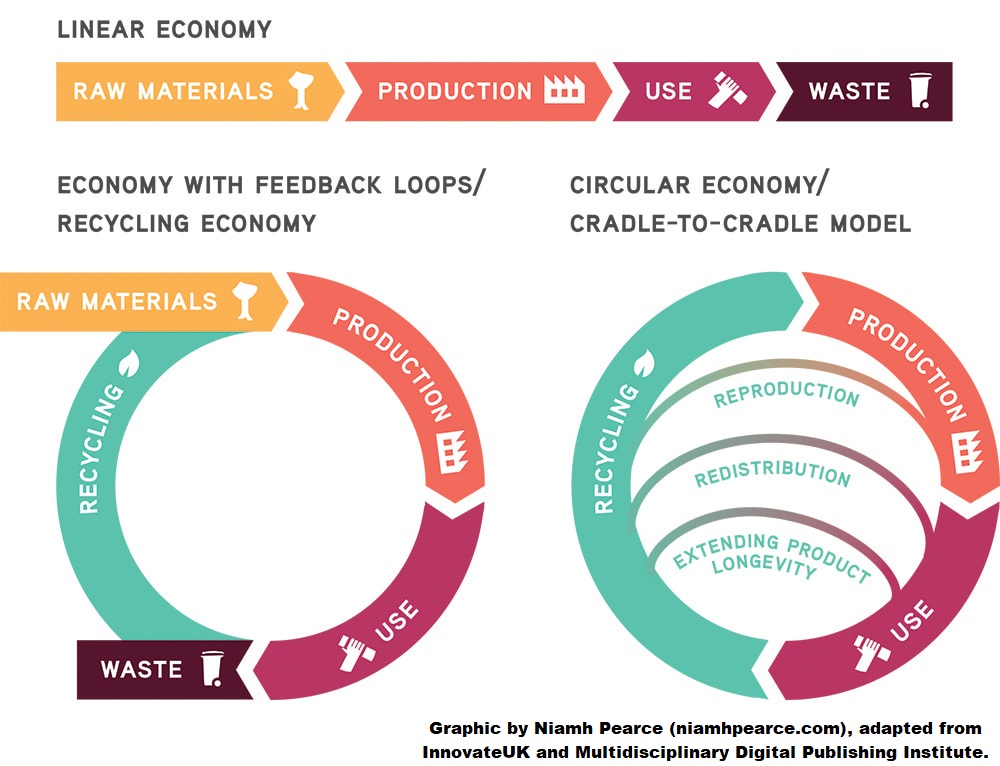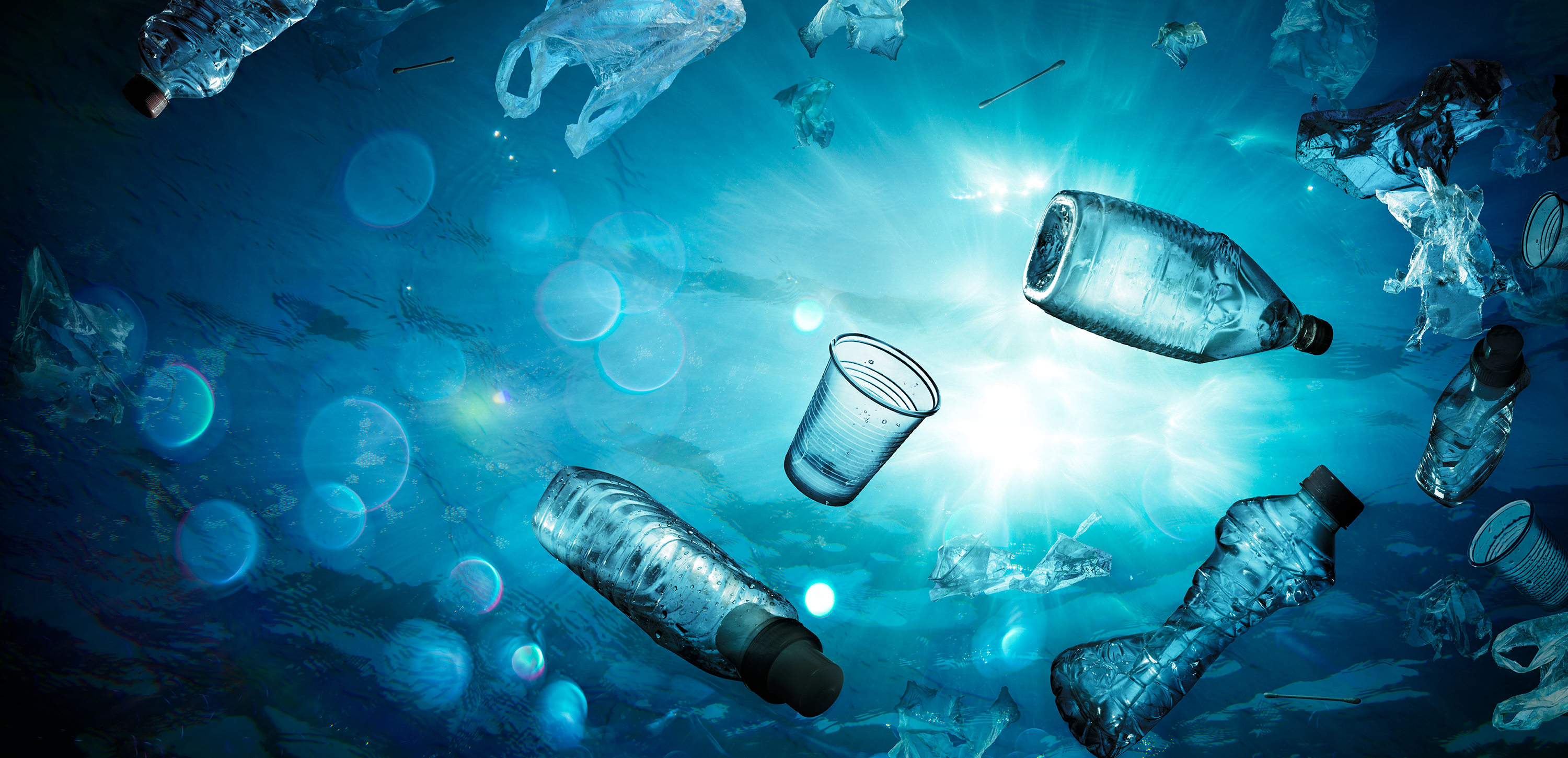The creation of a circular human economy and sustainable infrastructure and businesses have been and are becoming increasingly important to the future of the planet. Highlighted by the United Nations 17 Sustainable Development Goals (SDGS) and program, to investor requirements for companies’ sustainable behavior to consumer groups and organizations demanding improvement in this area it is an area of ongoing change in companies and individuals’ activities and behavior. Geosynthetics are well positioned for this change: geosynthetics provide benefits that are not only economic, but sustainable regardless of what measurements are considered, energy savings, CO2 and greenhouse gas reduction, total lifespan analysis or other benchmarks. However, any industry, individual companies – regardless of size, and single humans also have a responsibility to conduct themselves in a sustainable fashion – this logically includes the creation of an Environmental and Sustainability Policy.
- Comply with all legal and regulatory environmental requirements and all codes and standards of practice which relate to environmental performance.
- Promote, through activities and actions, the development of circular economy contribution(s) for geosynthetics – recycling, reuse, waste reduction, improvements in durability and lifespan and the promotion and training of others for the same goals.
- Consume all materials and services wisely, with consideration to health, safety and environmental impact. Where possible, utilize vendors and suppliers who are acting with environmental responsibility.
The Geosynthetic Contribution To Microplastics
Microplastics, and more generally all plastics debris in the world’s oceans and waterways are a serious concern, an undesirable outcome of humankind’s activities and actions and worthy of both investigation and changes in human and societal behavior. As a participant in the geosynthetics and plastics industries for the past three decades, this issue touches me personally. Humankind depends on plastics for our survival – certainly at the levels of human population on the planet today. However, as with any tool or material, appropriate, sustainable and intelligent use is required. Further, there is a broad range in the usage of plastics from a single use disposable straw, bag or cigarette filter, to food and medical packaging, to a geosynthetic material designed to support infrastructure with a lifespan in decades or hundreds of years. These are all made of “plastic”, but the benefits provided clearly vary dramatically in both effect and duration of use.
The investigation into the effects of microplastics on human health and the environment are logical and should be continued. The investigations into the sources of (geosynthetic generated) plastics in the oceans and the resulting microplastics that I have read and reviewed are seriously flawed in many cases and, while well intentioned, completely misplaced.
Global geosynthetics plastics usage is approximately 270 million metric tons per year. Approximately 85% of these materials are buried and function beneath the earth’s surface. My personal estimate for annual loss of the exposed materials via wear/aging and release to the waterways and ocean is one ten thousandth of one percent, (0.0001%). My opinion is that this is a very conservative estimate as most of these materials provide service lives in the range of decades or more and would not function if actively degrading. Emissions are likely greatest from erosion control and other oceanfront and waterway applications. This calculation results in an estimated contribution from geosynthetics of 4000 metric tons per year. A report recently authored by the UK’s National Oceanography Centre estimated the total plastic migration into the oceans at 20 million metric tons/year. Clearly geosynthetics are not a significant contributor to this problem. The report identifies, and common sense supports, that automotive tire wear and waste, improper disposal (primarily of single or short-term use items – bags, straws, bottles and cigarette filters), paints and coatings, and other sources are the primary components of ocean plastic and microplastic.
We must balance the benefits to humankind associated with the use of any material against the damaging effect on the environment – both understood and potential effects. There are many tools, in addition to individual decision making, available to affect this – extended producer responsibility levees, taxes and fees on particularly harmful materials and in extreme cases, production limits. The human race needs to act together and in a rapid and responsible fashion to change human life and manage a sustainable use of earth’s resources.



